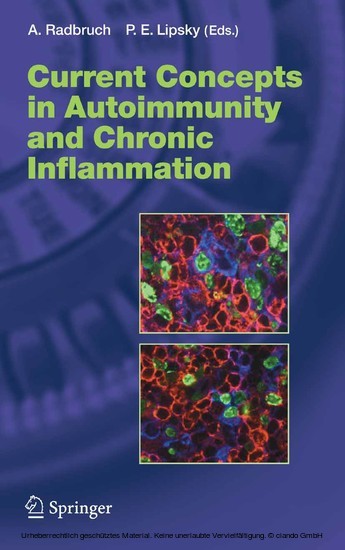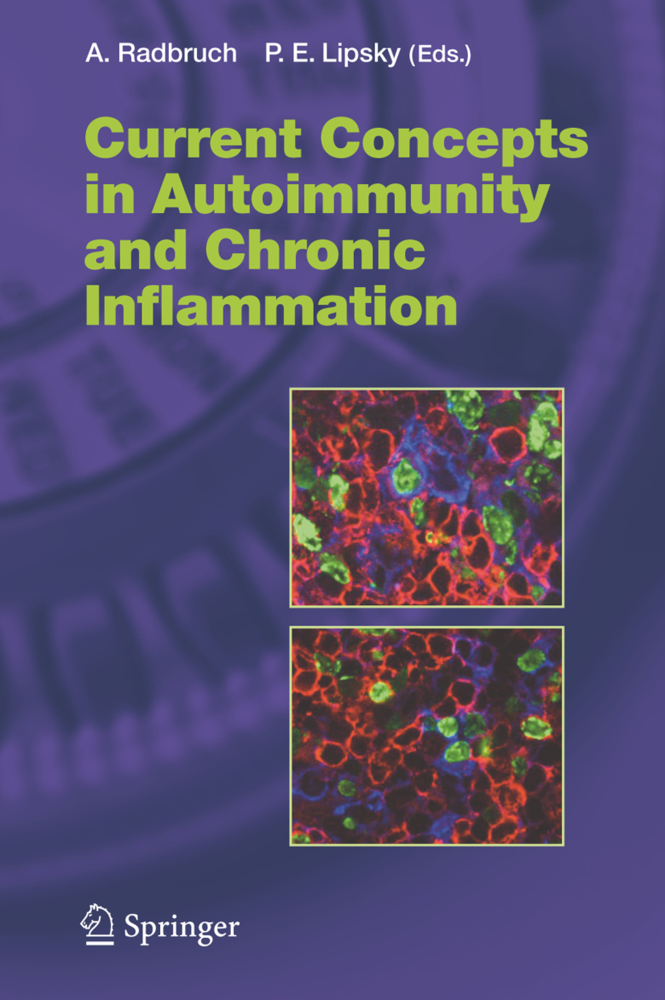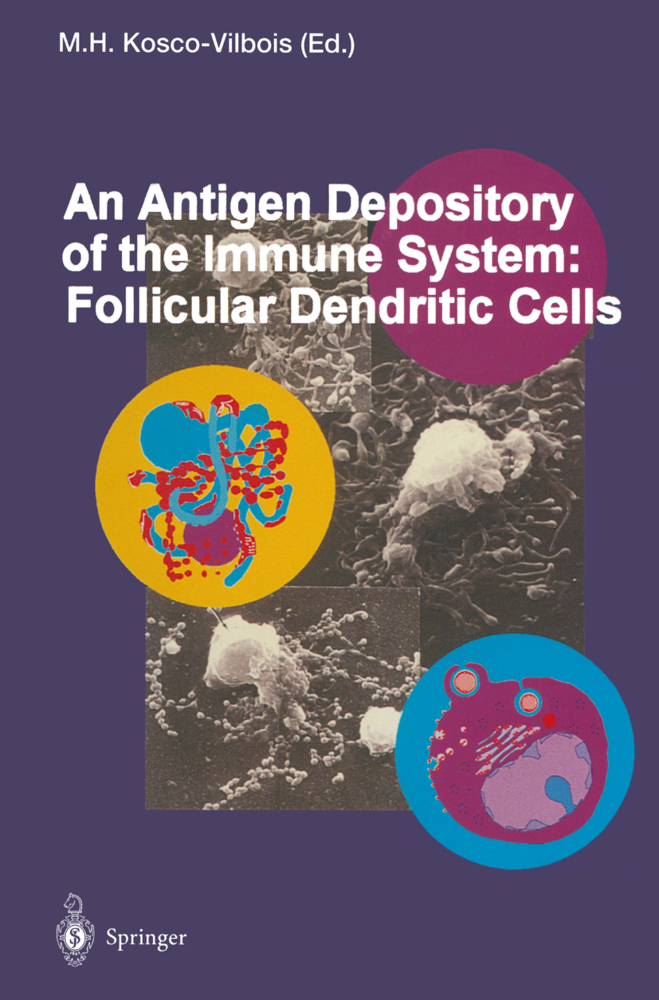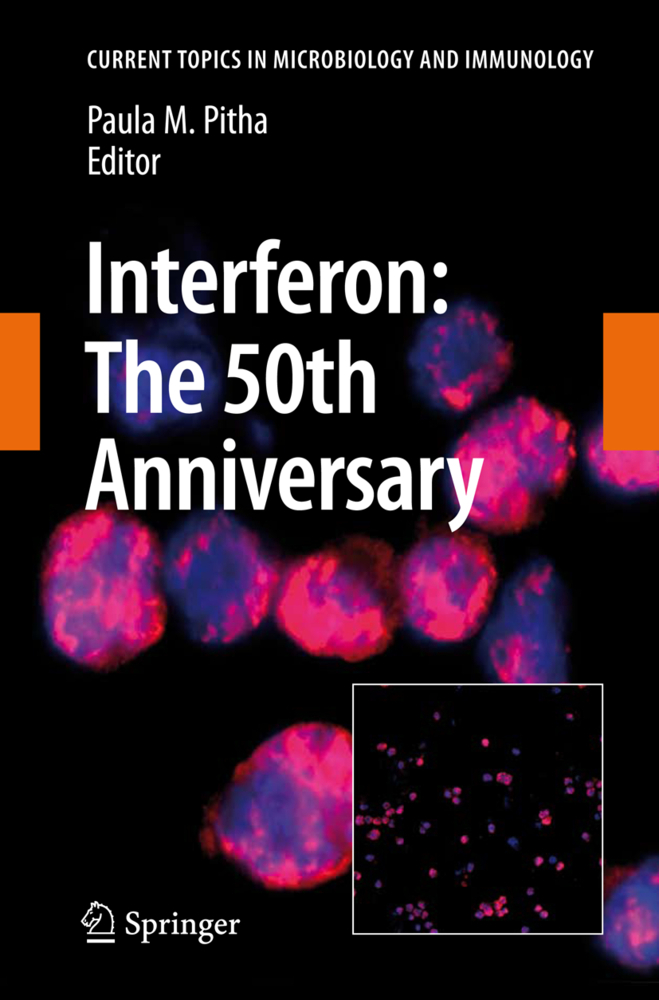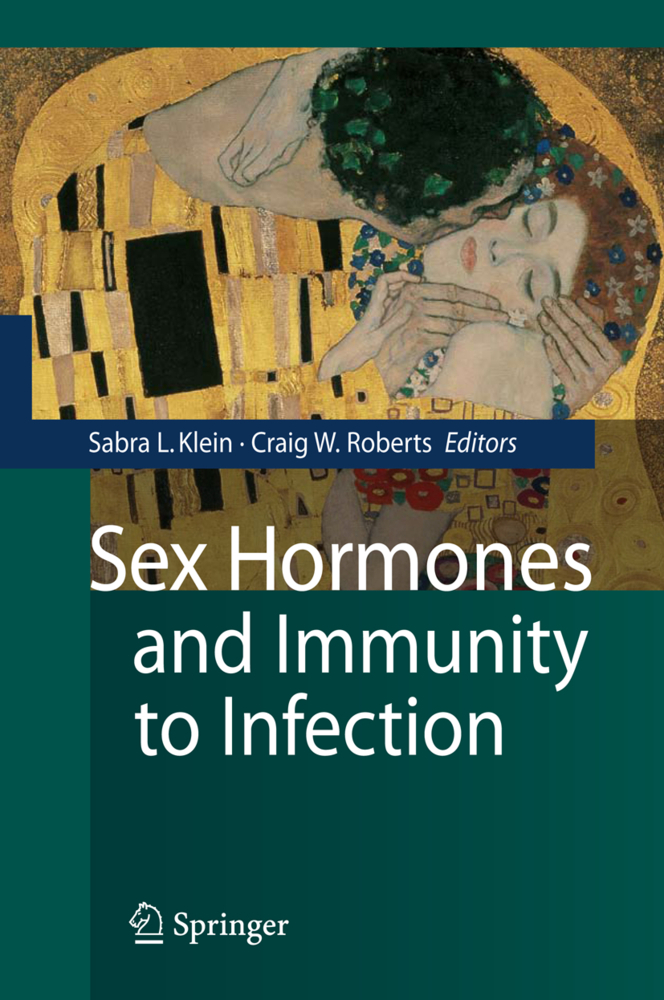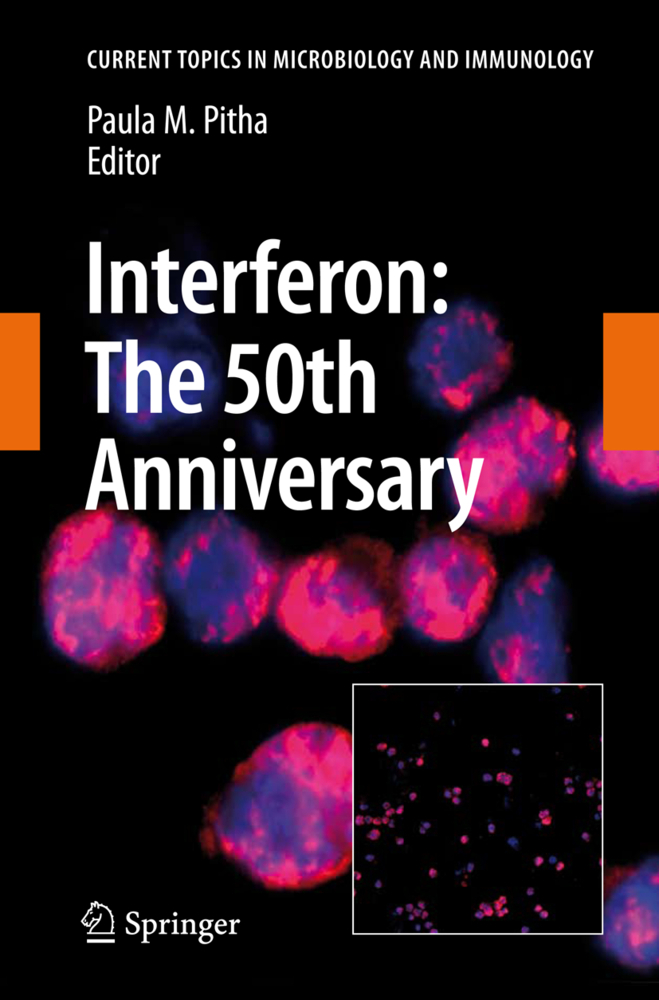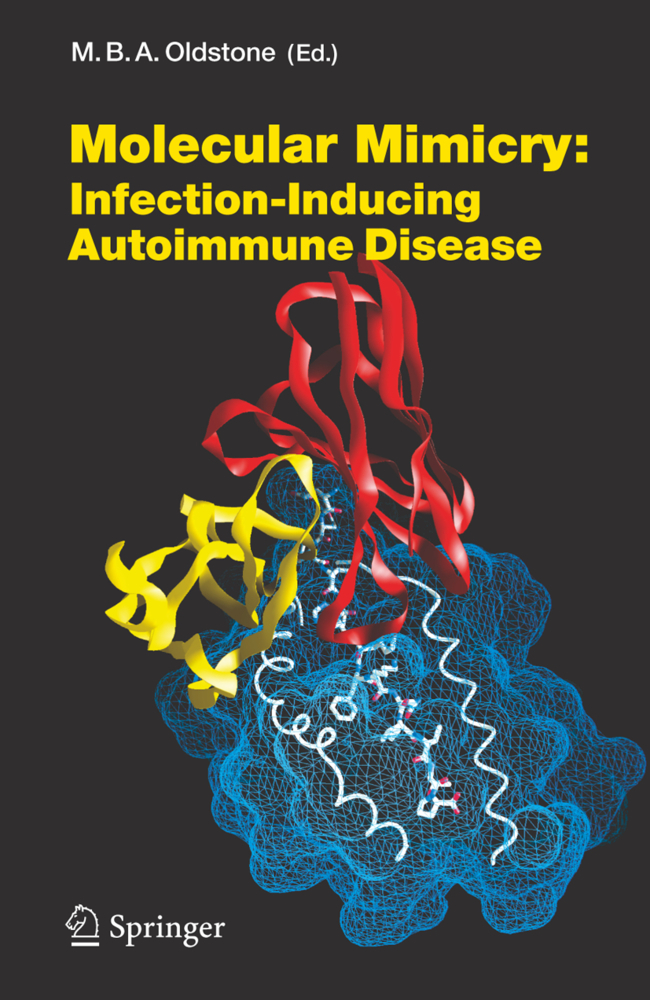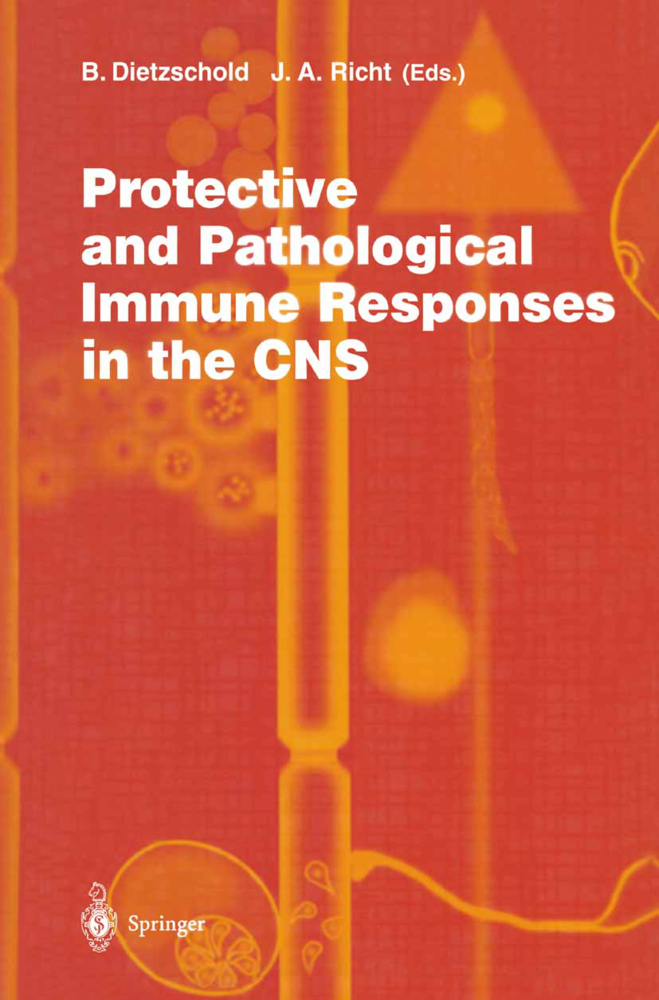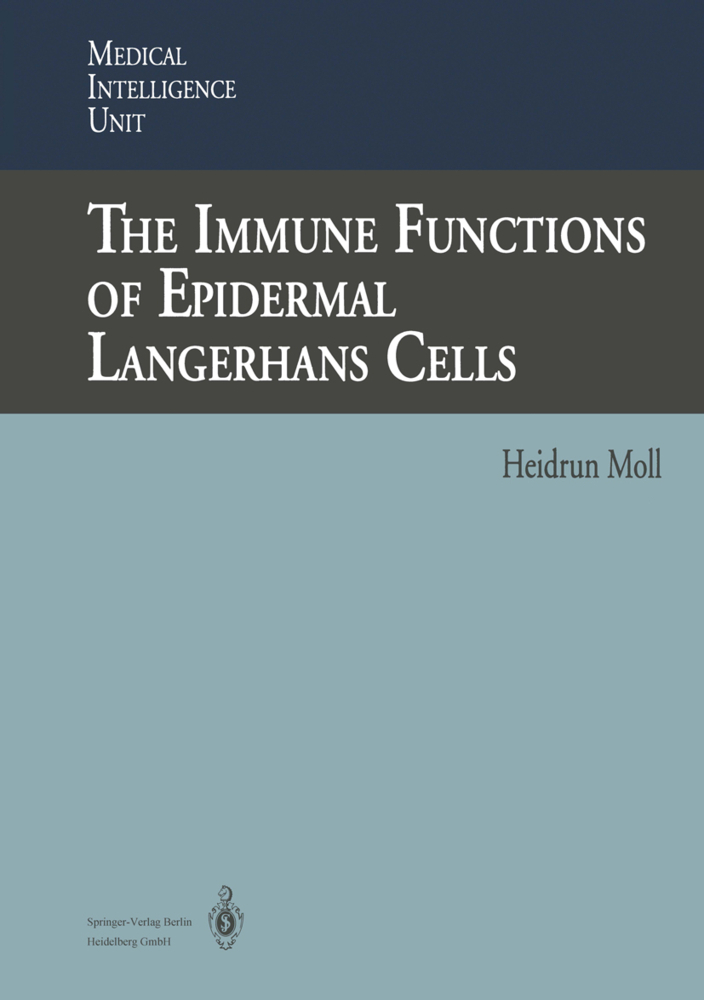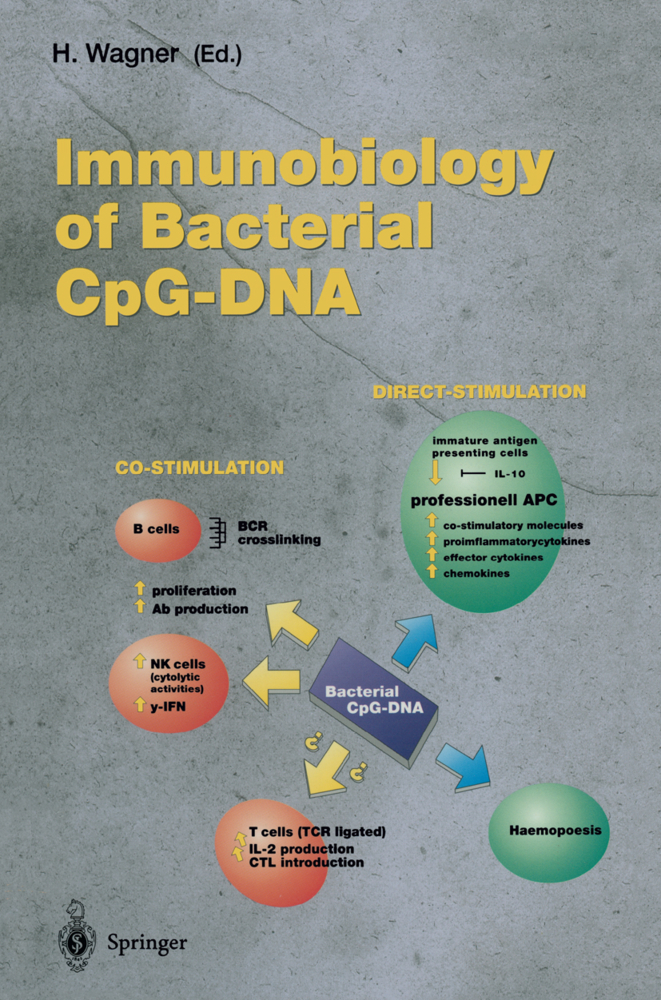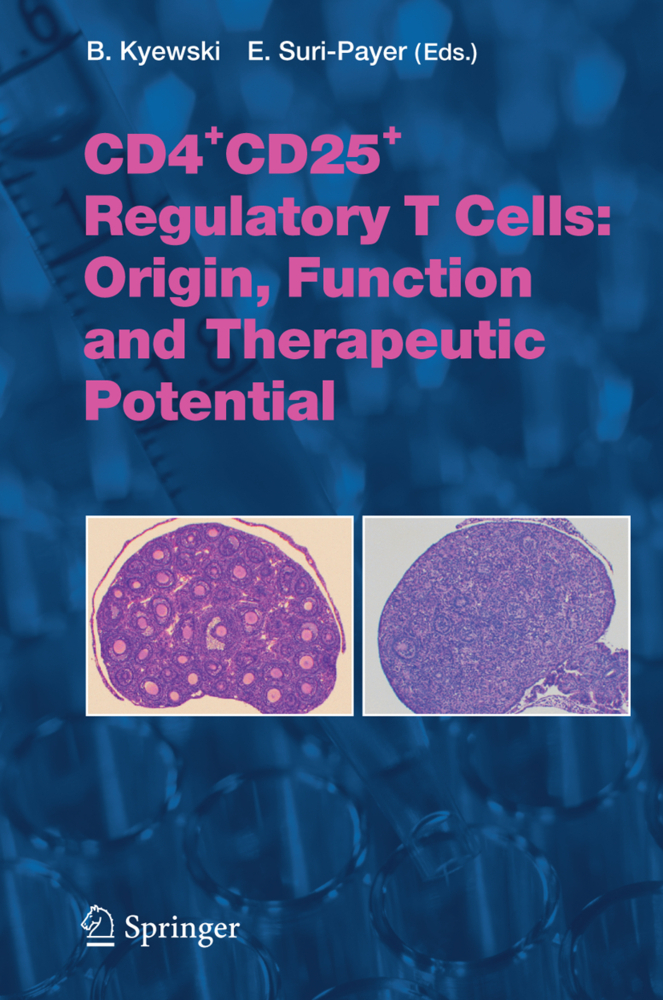Current Concepts in Autoimmunity and Chronic Inflammation
The ethiopathologies of autoimmune diseases are complex. A broad variety of cell types and gene products are involved. However, clinical and experimental evidence suggests that the importance of an individual factor changes during the course of the disease. Factors and cell types that induce acute autoreactivity and initiate an autoimmune disease could be distinct from those that drive a chronic course of that disease.
1;Preface;5 2;List of Contents;7 3;List of Contributors;9 4;B Cell Tolerance-How to Make It and How to Break It;10 4.1;1 Introduction;11 4.2;2 Repertoire Selections by the pre-B Cell Receptor;15 4.3;3 Generation of Immature, sIgM+ B Cells;16 4.4;4 Negative and Positive Selection, and Ignorance of the Developing Immature B Cell Repertoires;18 4.5;5 Negative Selection and Editing;19 4.6;6 Ignorance;21 4.7;7 Positive Selection;22 4.8;8 Peripheral B CellsWithout sIg Expression;23 4.9;9 Rescue of Autoreactive B Cells by T Cell-Independent Antigens of Type I, TLR- Ligand- Antigen- Complexes;24 4.10;10 Autoreaction Rescued by Ignorance;25 4.11;11 Breaking the Tolerance ofMature, Peripheral B Cell Repertoires;26 4.12;12 Consequences of Breaking B Cell Tolerance-Autoimmune Diseases;28 4.13;References;29 5;Breaking Ignorance: The Case of the Brain;34 5.1;1 Introduction;35 5.2;2 Brain Autoantigens in the Immune System;36 5.3;3 B Cell Ignorance?;39 5.4;4 Activation of Ignorant Autoreactive T Cells- The Transition from Autoreactive to Autoaggressive;41 5.5;5 Regulatory Suppression of Autoimmune T Cells- But How Do Suppressor T Cells Know?;47 5.6;6 Conclusion;53 5.7;References;54 6;Naturally Arising Foxp3-Expressing CD25+ CD4+ Regulatory T Cells in Self- Tolerance and Autoimmune Disease;60 6.1;1 Introduction;61 6.2;2 Self-Tolerance Maintained by Thymus-Produced Natural Treg: Induction of Autoimmune Disease by Their Manipulation at the Cellular and Molecular Level;62 6.3;3 IPEX as an Example of Human Autoimmune Disease Due to a Genetic Defect of Naturally Arising CD25+ CD4+ Treg: Its Implications for Immunologic Self- Tolerance and Autoimmune Disease in Humans;66 6.4;4 Contribution of Impaired Immunoregulation and Host Genetic Factors to the Development of Autoimmune Disease: A Possible Mechanism of Autoimmune Disease;67 6.5;5 Conclusion and Perspective;71 6.6;References;71 7;Sex Hormones and SLE: Influencing the Fate of Autoreactive B Cells;76 7.1;1 Introduction;77 7.2;2 Estrogen, Prolactin, and B Cell Fate in the R4A Model;83 7.3;3 Clinical Relevance;88 7.4;4 Conclusion;89 7.5;References;90 8;Innate (Over)immunity and Adaptive Autoimmune Disease;98 8.1;1 Introduction;98 8.2;2 Autoimmunity and/or Infection;99 8.3;3 Innate Regulators of Autoreactive T Cell Priming;102 8.4;4 Regulatory T Cells and Their Relation to Toll-Like Receptor Signals;104 8.5;5 Lack of (Auto)immunity After Innate Overactivation: A Role for Interferons and the Nervous System;105 8.6;6 Autoreactivity and Conversion to Autoimmune Disease;106 8.7;7 Conclusion;108 8.8;References;109 9;Can Unresolved Infection Precipitate Autoimmune Disease?;114 9.1;1 Introduction;115 9.2;2 Crohn's Disease;116 9.3;3 Ankylosing Spondylitis and the Other Spondyloarthritides;121 9.4;4 Regulatory Mechanisms in Autoimmunity;124 9.5;References;127 10;The Systemic Autoinflammatory Diseases: Inborn Errors of the Innate Immune System;136 10.1;1 Introduction;137 10.2;2 Familial Mediterranean Fever;139 10.3;3 Syndrome of Pyogenic Arthritis, Pyoderma Gangrenosum, and Acne;142 10.4;4 The Cryopyrinopathies: Familial Cold Autoinflammatory Syndrome, Muckle- Wells Syndrome, and Neonatal- Onset Multisystem Inflammatory Disease;144 10.5;5 Blau Syndrome;148 10.6;6 TNF Receptor-Associated Periodic Syndrome;150 10.7;7 Hyperimmunoglobulinemia D with Periodic Fever Syndrome;154 10.8;8 Concluding Remarks;157 10.9;References;158 11;Inefficient Clearance of Dying Cells and Autoreactivity;170 11.1;1 The Comeback of Dying Cells;171 11.2;2 Various Molecules Are Involved in the Clearance of Dying Cells;172 11.3;3 C-Reactive Protein and Dying Cells;173 11.4;4 Complement and DNase I Act as Back-up Molecules in the Clearance Process;174 11.5;5 Phosphatidylserine Exposure as One Early Membrane Change of Apoptotic Cells;174 11.6;6 Changes in the Glycoprotein Composition of Membranes of Apoptotic Cells;175 11.7;7 Impaired Clearance Functions and Autoimmunity;177 11.8;8 Heterogeneous and Intrinsic Clearance Defects in Some SLE P
Radbruch, Andreas
Lipsky, Peter E.
| ISBN | 9783540297147 |
|---|---|
| Artikelnummer | 9783540297147 |
| Medientyp | E-Book - PDF |
| Copyrightjahr | 2006 |
| Verlag | Springer-Verlag |
| Umfang | 282 Seiten |
| Sprache | Englisch |
| Kopierschutz | Digitales Wasserzeichen |

